Home>Furniture & Design>Interior Design Trends>How Many Calories Is A Glass Of Rosé Wine
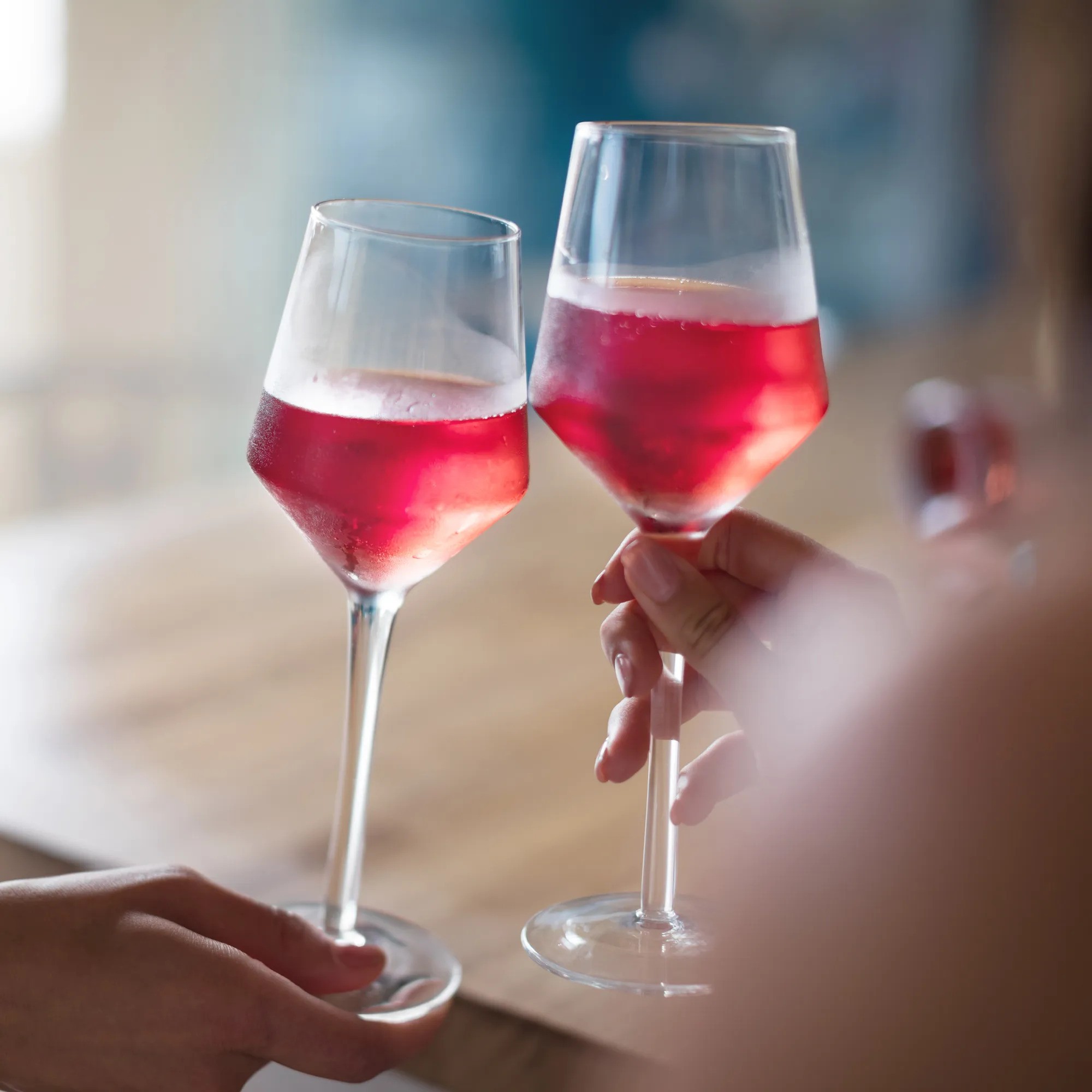

Interior Design Trends
How Many Calories Is A Glass Of Rosé Wine
Published: February 5, 2024
Discover the calorie count in a glass of rosé wine and stay updated on the latest interior design trends. Explore the perfect blend of health and style with our expert insights.
(Many of the links in this article redirect to a specific reviewed product. Your purchase of these products through affiliate links helps to generate commission for Storables.com, at no extra cost. Learn more)
Introduction
When it comes to enjoying a glass of wine, many individuals are not only concerned about the taste and aroma but also the calorie content. Rosé wine, with its beautiful pink hue and refreshing flavor, has gained popularity as a go-to choice for wine enthusiasts. However, the question of how many calories are in a glass of rosé wine often arises, prompting a closer look at this delightful beverage.
Understanding the calorie content of rosé wine is essential for those who are mindful of their dietary intake. Whether you're savoring a glass during a social gathering, unwinding after a long day, or pairing it with a delicious meal, being aware of the calorie implications can help you make informed choices without compromising your enjoyment.
In this article, we will delve into the calorie content of rosé wine, exploring the factors that influence its caloric value and the potential health considerations associated with its consumption. By shedding light on these aspects, we aim to provide a comprehensive understanding of the calorie aspect of rosé wine, empowering you to make conscious decisions while relishing this delightful libation.
Key Takeaways:
- Enjoying rosé wine in moderation can be a delightful experience, but it’s important to be mindful of its calorie content. A standard 5-ounce serving contains around 120-130 calories, so savor it wisely!
- Factors like alcohol content, residual sugar, and serving size influence the calorie content of rosé wine. Being aware of these factors empowers you to make informed choices and enjoy rosé wine in a balanced manner.
Read more: How Many Calories Are In A Glass Of Wine
What is Rosé Wine?
Rosé wine, often referred to as "pink wine," is a delightful and versatile beverage that has captured the hearts of wine enthusiasts around the world. This enchanting libation is crafted from a variety of red grapes, such as Grenache, Syrah, and Pinot Noir, and derives its distinct pink color from the brief contact between the grape skins and the grape juice during the winemaking process. Unlike red wine, where the grape skins remain in contact with the juice for an extended period, rosé wine undergoes a shorter maceration period, resulting in its characteristic pale pink to vibrant coral hues.
One of the most captivating aspects of rosé wine is its diverse range of flavors and styles. From bone-dry to subtly sweet, and from light and crisp to rich and fruity, rosé wines offer a spectrum of taste experiences that cater to various palates. Whether it's a Provence rosé with its delicate floral notes, a Spanish rosado boasting vibrant fruit flavors, or a sparkling rosé exuding effervescence and elegance, there is a rosé wine to suit every occasion and culinary preference.
Rosé wine is celebrated for its refreshing and approachable nature, making it an ideal choice for casual gatherings, outdoor picnics, and leisurely afternoons. Its versatility extends to food pairings, effortlessly complementing an array of dishes, from fresh salads and seafood to grilled meats and spicy cuisines. The inherent charm of rosé wine lies in its ability to evoke a sense of conviviality and relaxation, inviting individuals to savor the simple pleasures of life with each sip.
As a result of its growing popularity, rosé wine has transcended seasonal boundaries, evolving from a summer staple to a year-round indulgence. Its allure extends beyond the wine glass, inspiring a myriad of lifestyle products and experiences, from rosé-themed merchandise to dedicated festivals and events. The rise of rosé wine as a cultural phenomenon reflects its enduring appeal and its ability to encapsulate the essence of enjoyment and conviviality.
In essence, rosé wine embodies a harmonious blend of elegance, vibrancy, and conviviality, offering a delightful sensory journey that transcends traditional wine conventions. Its allure lies not only in its captivating color and diverse flavor profiles but also in its ability to evoke a sense of joy and relaxation, making it a cherished companion for moments of celebration and everyday indulgence.
Calorie Content of Rosé Wine
When it comes to the calorie content of rosé wine, it's essential to consider the varying factors that contribute to its caloric value. On average, a standard 5-ounce (148-milliliter) serving of rosé wine contains approximately 120-130 calories. However, it's important to note that the calorie content can fluctuate based on several key elements.
The alcohol by volume (ABV) of rosé wine plays a significant role in determining its calorie count. Typically, the higher the ABV, the greater the calorie content. This is due to the fact that alcohol contains almost twice the number of calories per gram compared to carbohydrates and protein. As such, a rosé wine with a higher ABV will inherently have a greater calorie density.
Furthermore, residual sugar, which refers to the natural grape sugars that remain in the wine after fermentation, can impact the calorie content of rosé wine. Sweeter rosé wines, characterized by a higher residual sugar content, tend to have slightly more calories than their drier counterparts. This is because sugar contributes to the overall energy content of the wine.
In addition to alcohol and sugar, the serving size of rosé wine also influences its calorie count. While a standard serving is typically defined as 5 ounces, variations in portion sizes can directly affect the total caloric intake. It's important for individuals to be mindful of their serving sizes to accurately gauge their calorie consumption.
Moreover, the production method of rosé wine can impact its calorie content. For instance, sparkling rosé wines, which undergo a secondary fermentation process to achieve their effervescence, may have a slightly higher calorie count due to the presence of residual sugars and the added complexity of the winemaking process.
Understanding the calorie content of rosé wine empowers individuals to make informed choices based on their dietary preferences and health goals. By considering the interplay of alcohol content, residual sugar, serving size, and production methods, wine enthusiasts can navigate the diverse landscape of rosé wines with a heightened awareness of their calorie implications. This knowledge not only fosters a mindful approach to consumption but also allows individuals to savor the pleasures of rosé wine in a balanced and informed manner.
A standard 5 oz glass of rosé wine contains about 125 calories. Be mindful of portion sizes to manage your calorie intake.
Factors Affecting Calorie Content
The calorie content of rosé wine is influenced by several key factors, each contributing to the overall energy density of this beloved libation. Understanding these factors is essential for individuals seeking to make informed choices about their dietary intake and overall well-being.
Alcohol by volume (ABV) stands as a primary determinant of the calorie count in rosé wine. With alcohol containing nearly twice the calories per gram compared to carbohydrates and protein, the ABV directly impacts the wine's calorie density. As such, a higher ABV in rosé wine results in a greater calorie content, emphasizing the significance of considering alcohol strength when assessing the caloric implications of this delightful beverage.
Residual sugar, another pivotal factor, plays a crucial role in shaping the calorie content of rosé wine. The presence of natural grape sugars that remain in the wine after fermentation contributes to its overall energy value. Consequently, sweeter rosé wines, characterized by a higher residual sugar content, tend to have slightly more calories than their drier counterparts. This underscores the importance of recognizing the impact of residual sugar on the caloric profile of rosé wine and its implications for dietary choices.
Serving size is a fundamental aspect that directly influences the calorie intake from rosé wine. While a standard serving is typically defined as 5 ounces, variations in portion sizes can significantly affect the total caloric consumption. Being mindful of serving sizes is crucial for accurately gauging one's calorie intake and aligning it with individual dietary preferences and health goals.
Furthermore, the production method of rosé wine can also affect its calorie content. For instance, sparkling rosé wines, which undergo a secondary fermentation process to achieve their effervescence, may have a slightly higher calorie count due to the presence of residual sugars and the added complexity of the winemaking process. This highlights the need to consider the diverse production methods employed in crafting rosé wines and their potential impact on calorie content.
By recognizing the interplay of alcohol content, residual sugar, serving size, and production methods, individuals can navigate the multifaceted landscape of rosé wines with a heightened awareness of their calorie implications. This knowledge empowers wine enthusiasts to approach the consumption of rosé wine mindfully, enabling them to savor its pleasures in a balanced and informed manner.
Health Considerations
When it comes to indulging in rosé wine, it's essential to consider the potential health implications associated with its consumption. While moderate wine intake has been linked to certain health benefits, it's crucial to approach its consumption with mindfulness and awareness.
Moderation is key when enjoying rosé wine, as excessive alcohol consumption can have adverse effects on health. The Dietary Guidelines for Americans defines moderate drinking as up to one drink per day for women and up to two drinks per day for men. Adhering to these guidelines can help individuals maintain a balanced approach to wine consumption, minimizing the risk of alcohol-related health concerns.
Furthermore, the calorie content of rosé wine should be taken into account, especially for those mindful of their dietary intake. While a standard 5-ounce serving of rosé wine contains approximately 120-130 calories, larger portions or frequent consumption can contribute to increased calorie intake, potentially impacting weight management and overall health.
It's important to recognize that the calories derived from wine are considered "empty" calories, providing energy but minimal nutritional value. As such, incorporating rosé wine into a well-rounded diet while balancing overall caloric intake is crucial for maintaining a healthy lifestyle.
In addition to calorie considerations, individuals with specific health conditions, such as diabetes or liver disease, should exercise caution when consuming rosé wine. The impact of alcohol on blood sugar levels and liver function necessitates careful monitoring and, in some cases, abstinence from alcohol consumption.
Moreover, the potential interaction between alcohol and certain medications underscores the importance of consulting healthcare professionals for personalized guidance. Individuals taking prescription medications should be aware of any contraindications or adverse effects associated with alcohol consumption, emphasizing the need for informed decision-making regarding rosé wine intake.
While moderate rosé wine consumption may offer certain health benefits, such as potential cardiovascular advantages attributed to the presence of antioxidants, it's essential to approach its enjoyment with a balanced perspective. Embracing mindfulness, understanding individual health considerations, and seeking professional guidance when necessary can empower individuals to savor the pleasures of rosé wine while prioritizing their overall well-being.
By acknowledging the interplay of moderation, calorie awareness, and individual health factors, individuals can cultivate a holistic approach to enjoying rosé wine, fostering a harmonious balance between indulgence and well-being.
Read more: How Many Calories In A Glass Of White Wine
Conclusion
In conclusion, the calorie content of rosé wine is influenced by various factors, including alcohol by volume (ABV), residual sugar, serving size, and production methods. Understanding these elements is crucial for individuals seeking to make informed choices about their dietary intake and overall well-being. With a standard 5-ounce serving of rosé wine containing approximately 120-130 calories, it's essential to approach its consumption with mindfulness and awareness.
The allure of rosé wine lies not only in its captivating color and diverse flavor profiles but also in its ability to evoke a sense of joy and relaxation, making it a cherished companion for moments of celebration and everyday indulgence. However, it's important to recognize the need for moderation, especially considering the potential health implications associated with its consumption. Adhering to the Dietary Guidelines for Americans' definition of moderate drinking and being mindful of overall caloric intake can help individuals maintain a balanced approach to enjoying rosé wine.
Moreover, the potential interaction between alcohol and certain health conditions, medications, and dietary considerations underscores the importance of informed decision-making when it comes to indulging in rosé wine. While moderate consumption may offer certain health benefits, it's essential to prioritize well-being and seek professional guidance when necessary.
By acknowledging the interplay of moderation, calorie awareness, and individual health factors, individuals can cultivate a holistic approach to enjoying rosé wine, fostering a harmonious balance between indulgence and well-being. Ultimately, embracing mindfulness and informed decision-making empowers individuals to savor the pleasures of rosé wine while prioritizing their overall health and wellness.
Frequently Asked Questions about How Many Calories Is A Glass Of Rosé Wine
Was this page helpful?
At Storables.com, we guarantee accurate and reliable information. Our content, validated by Expert Board Contributors, is crafted following stringent Editorial Policies. We're committed to providing you with well-researched, expert-backed insights for all your informational needs.
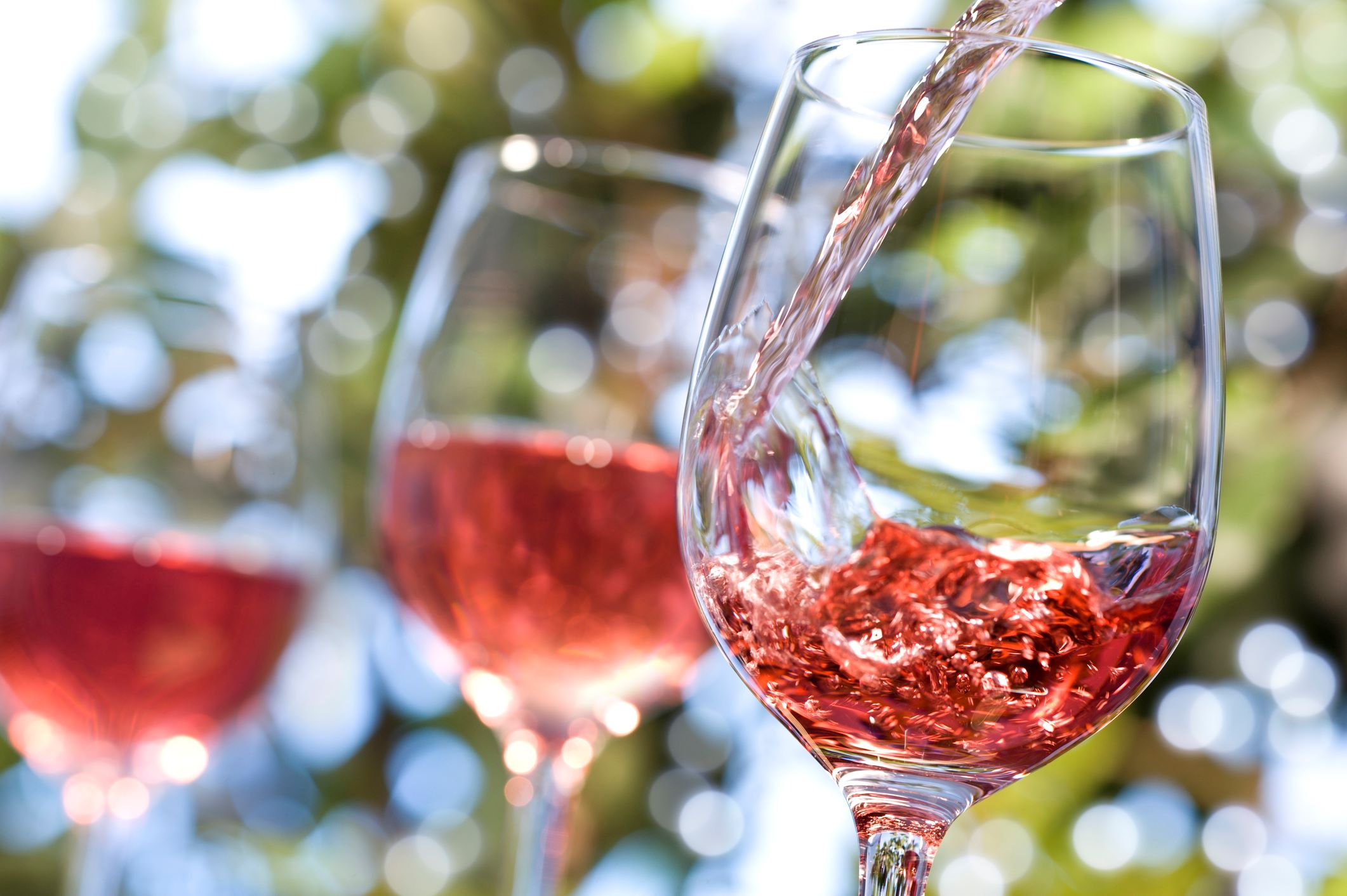

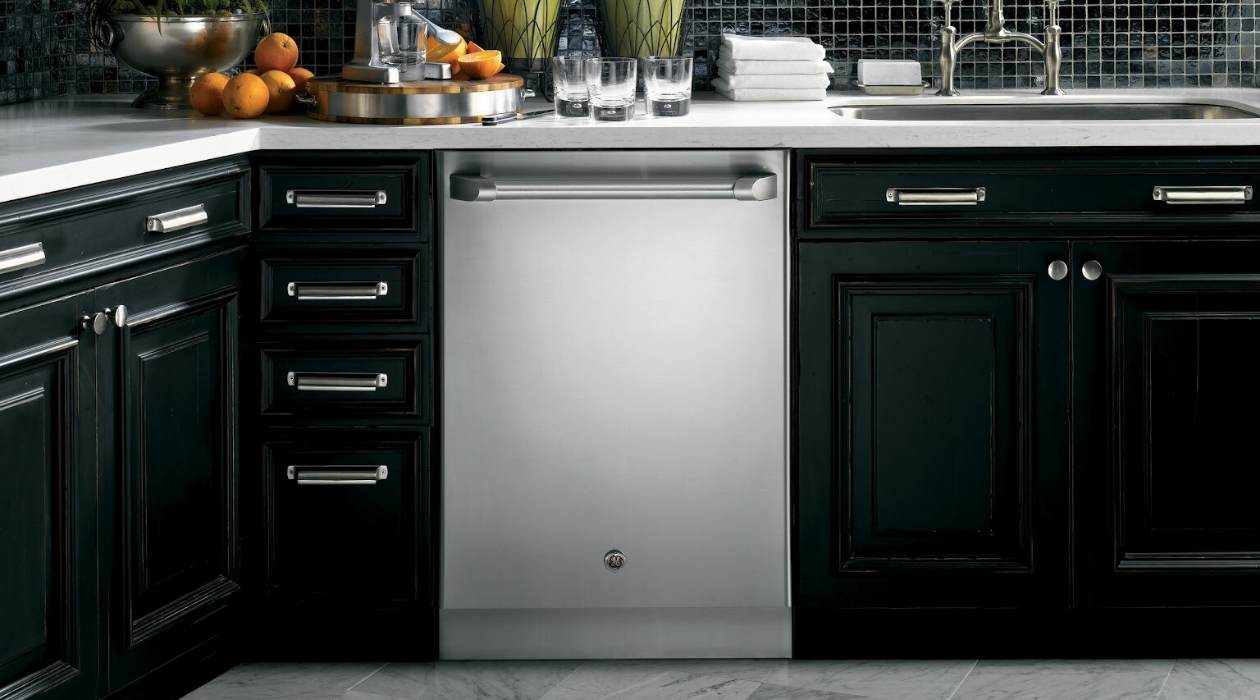
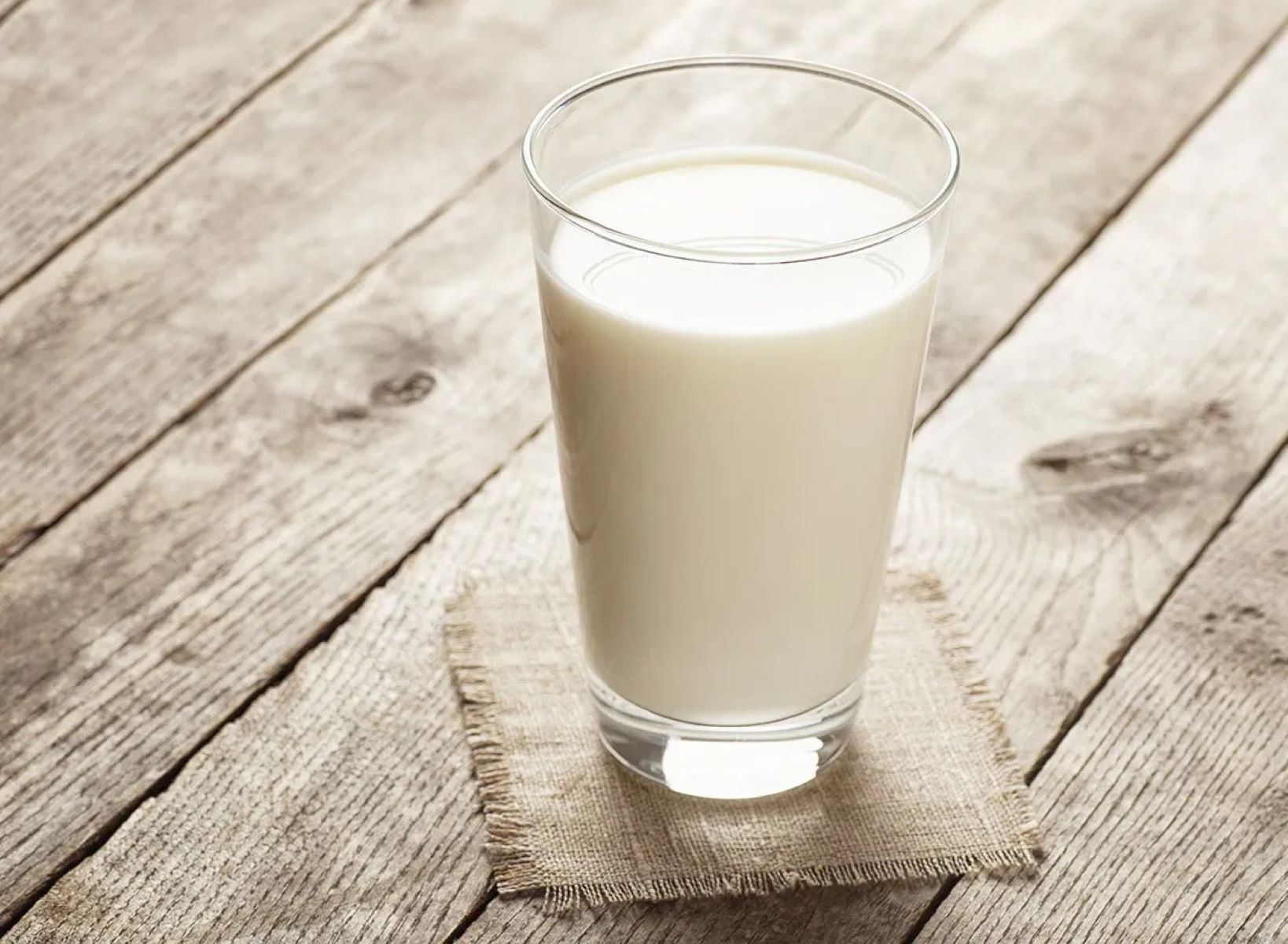
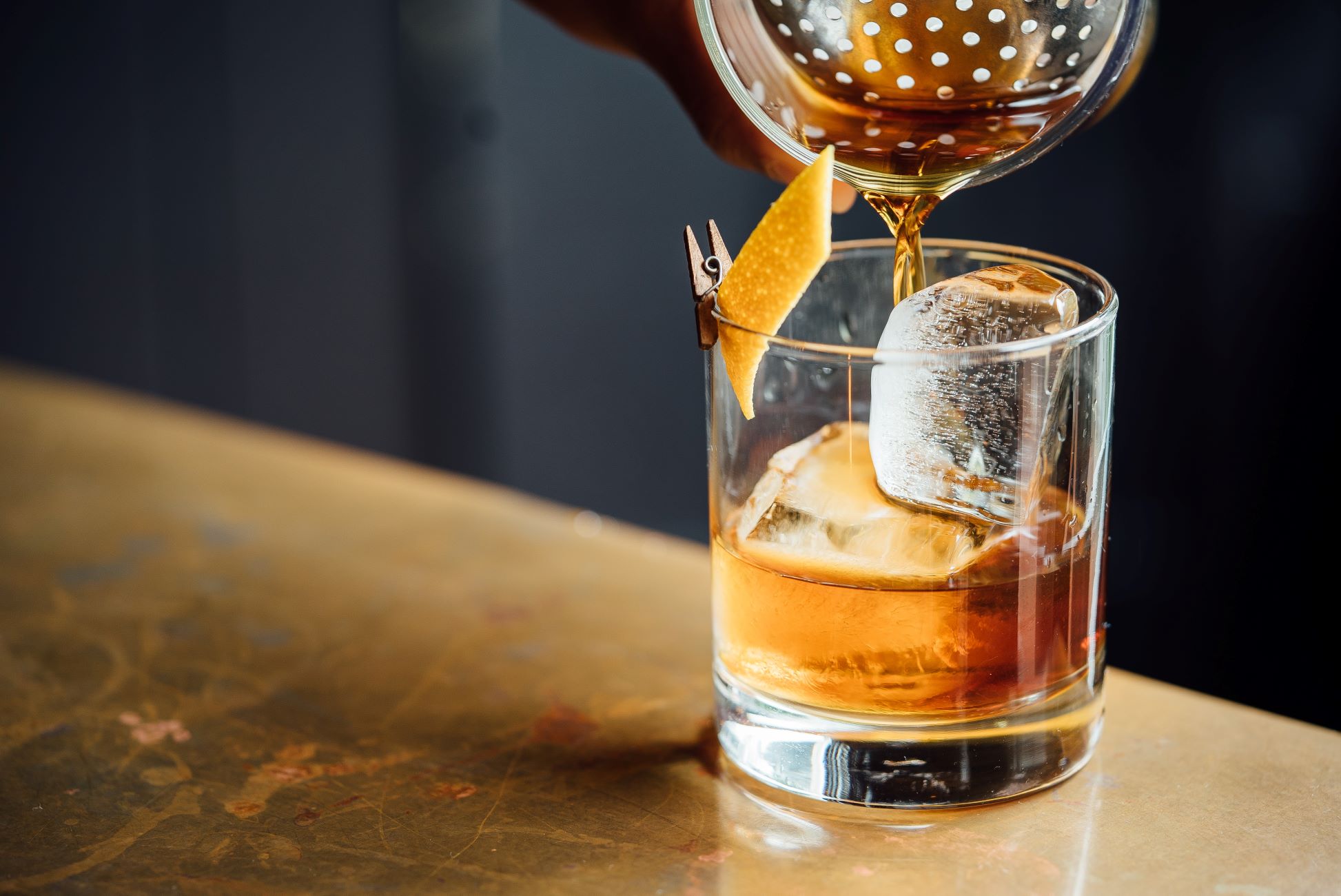


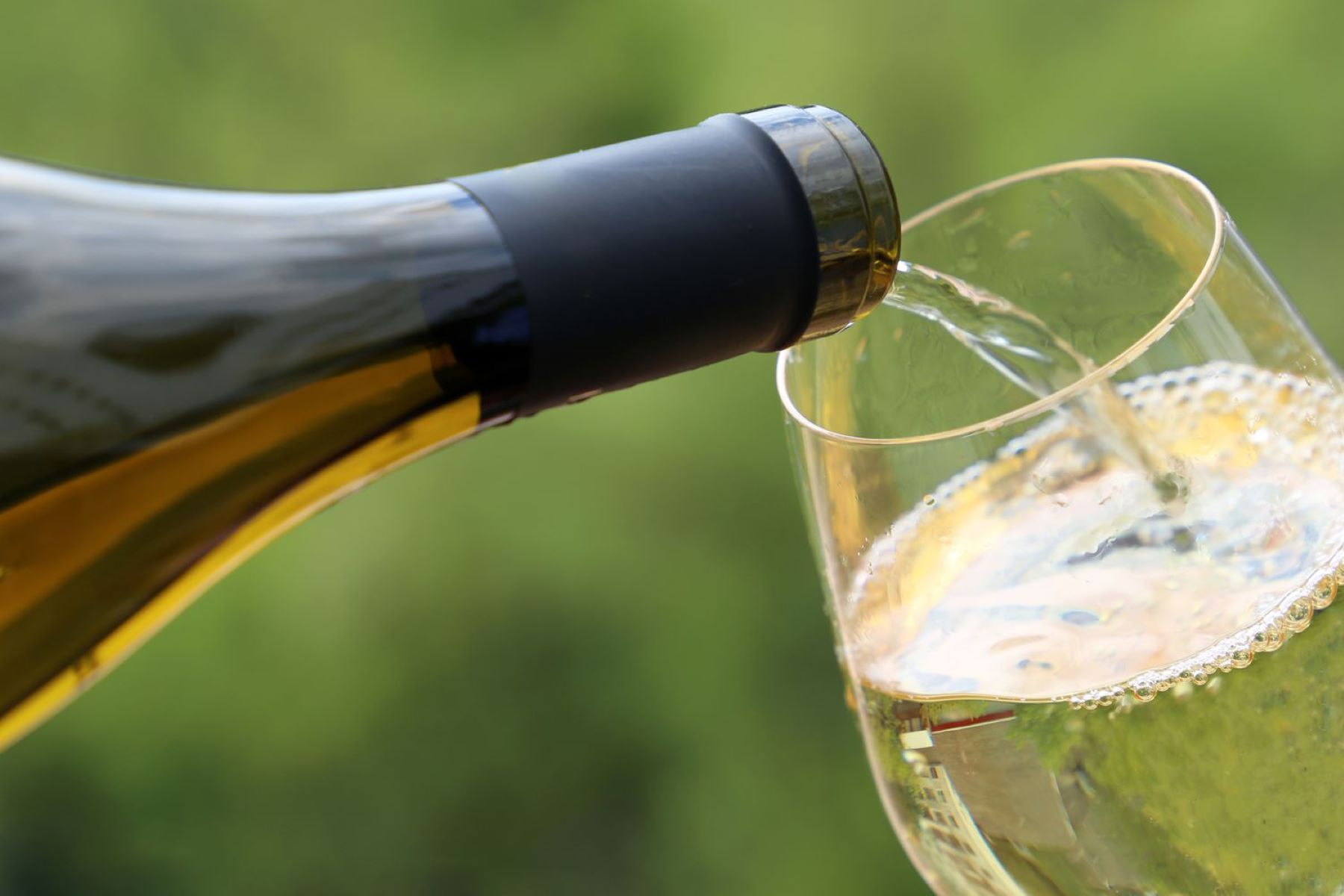
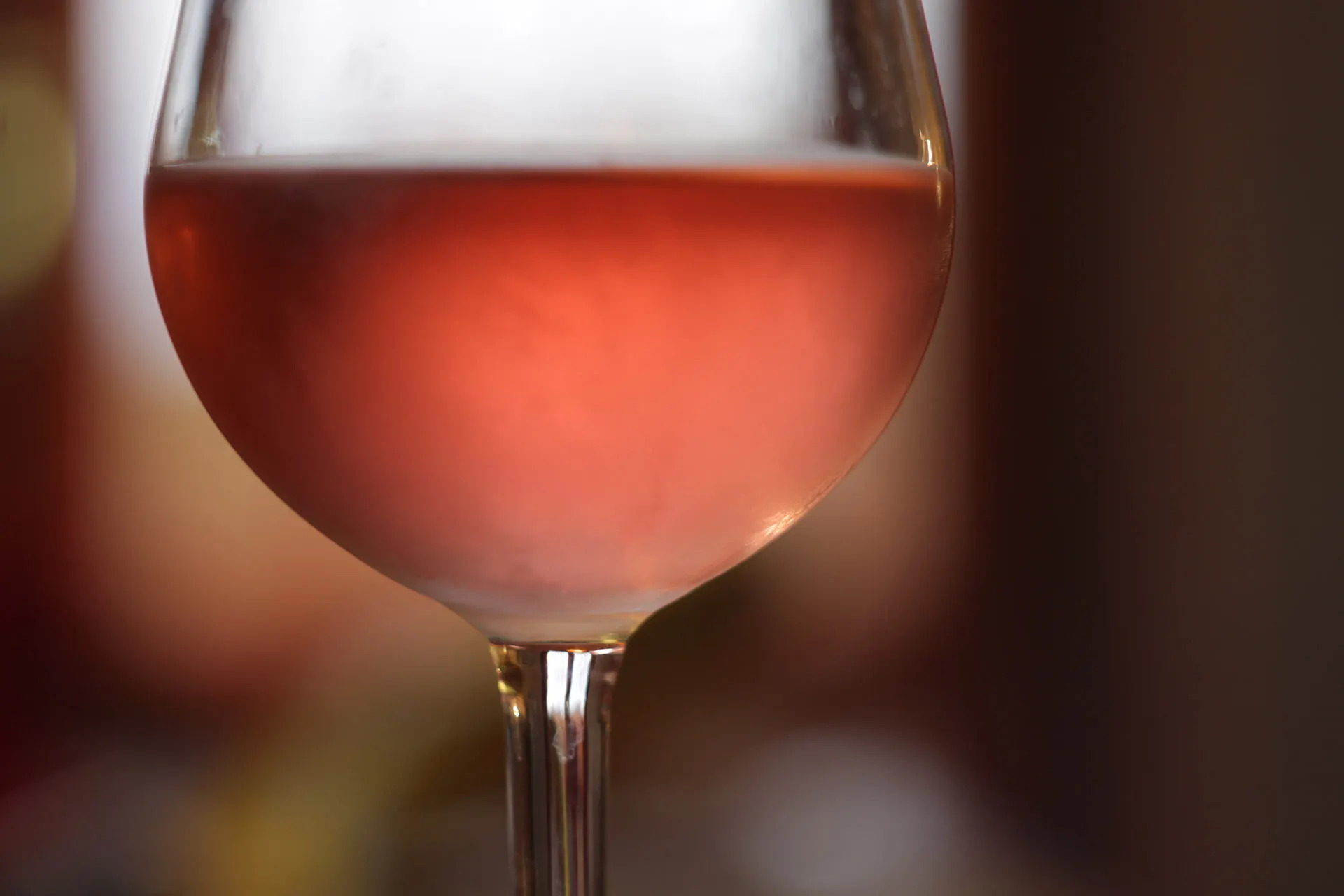
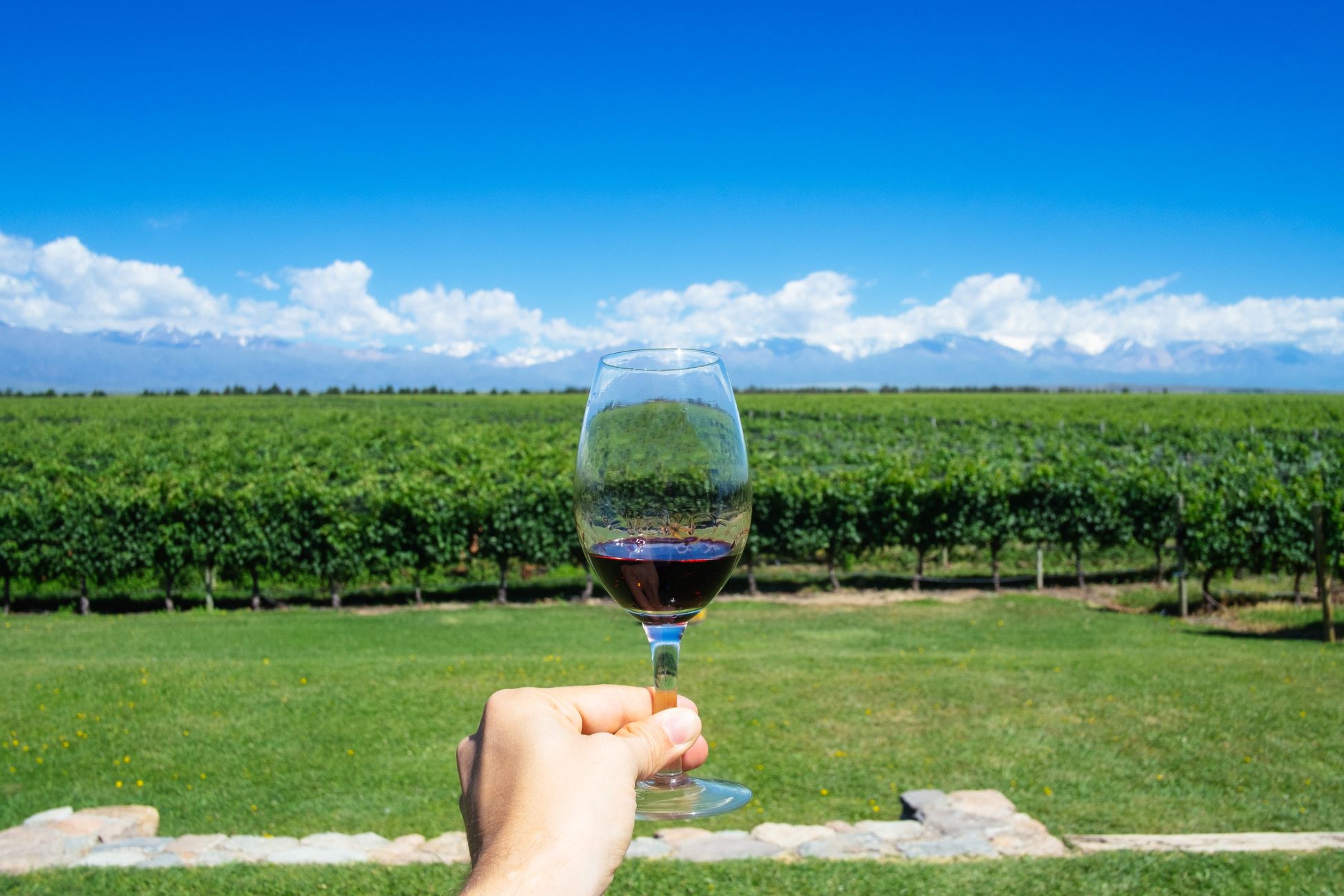
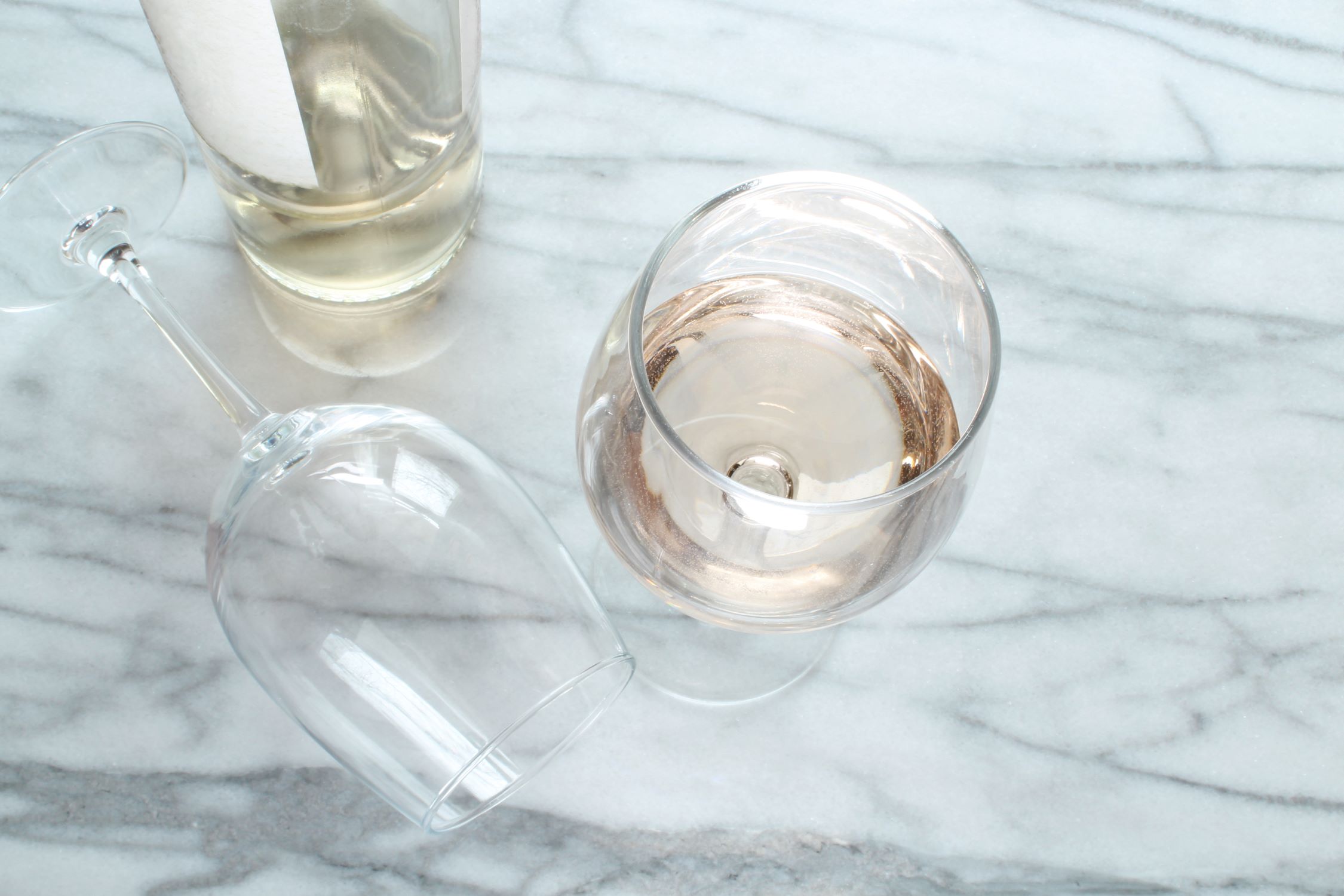
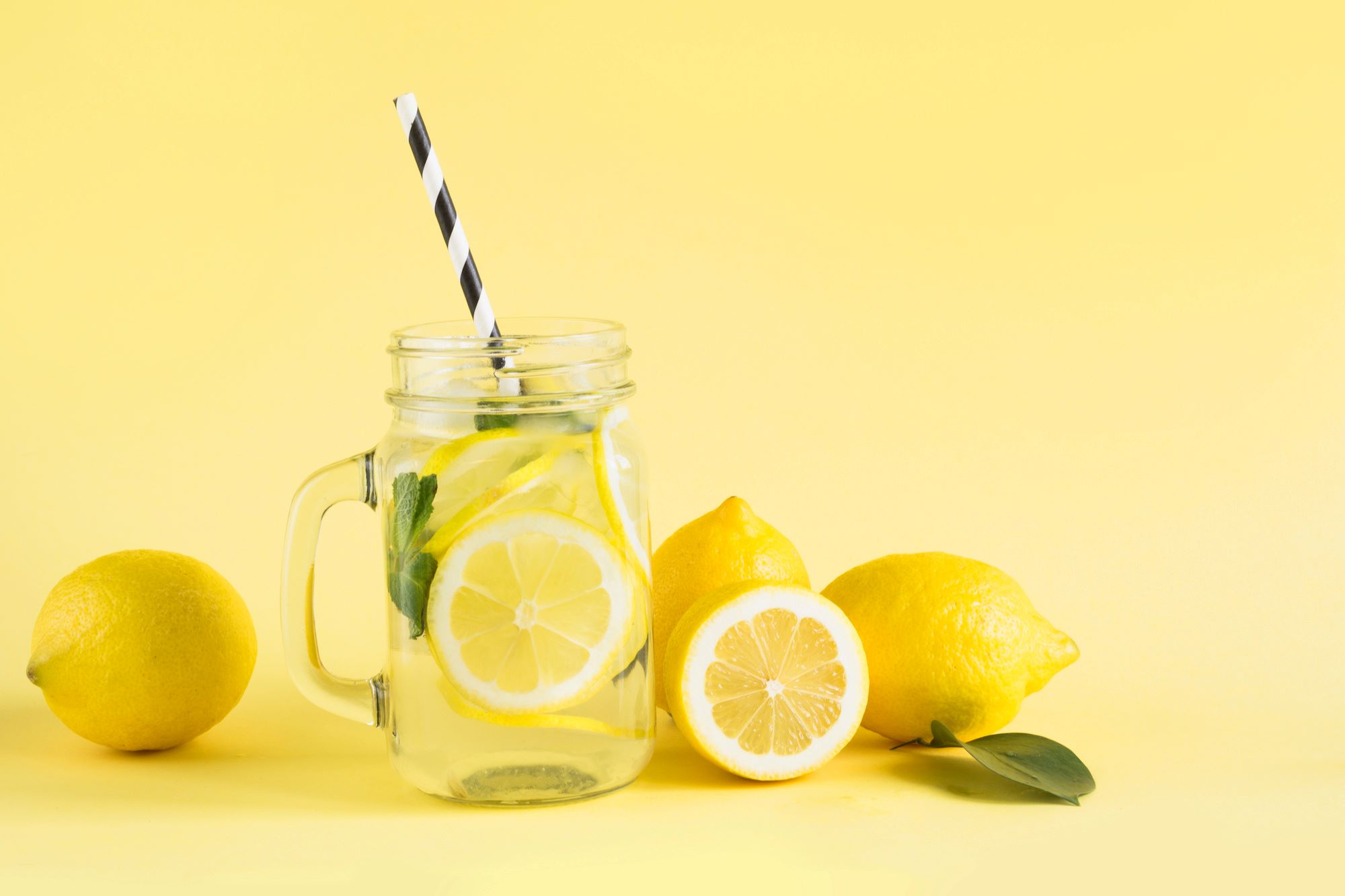
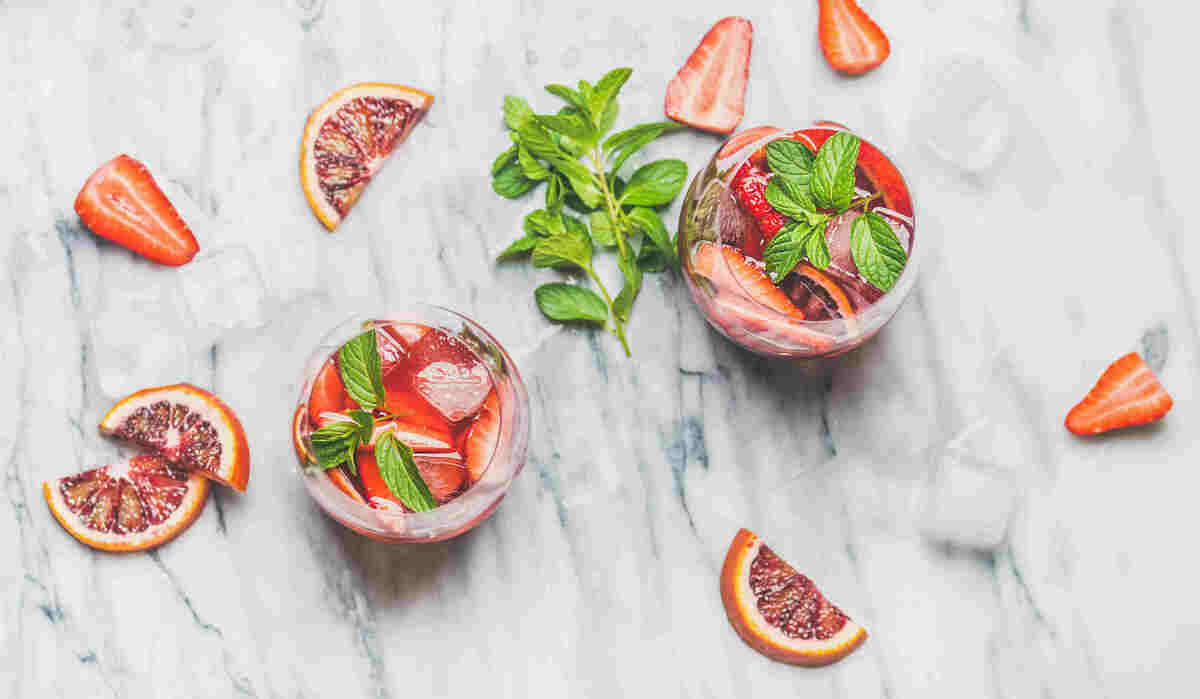
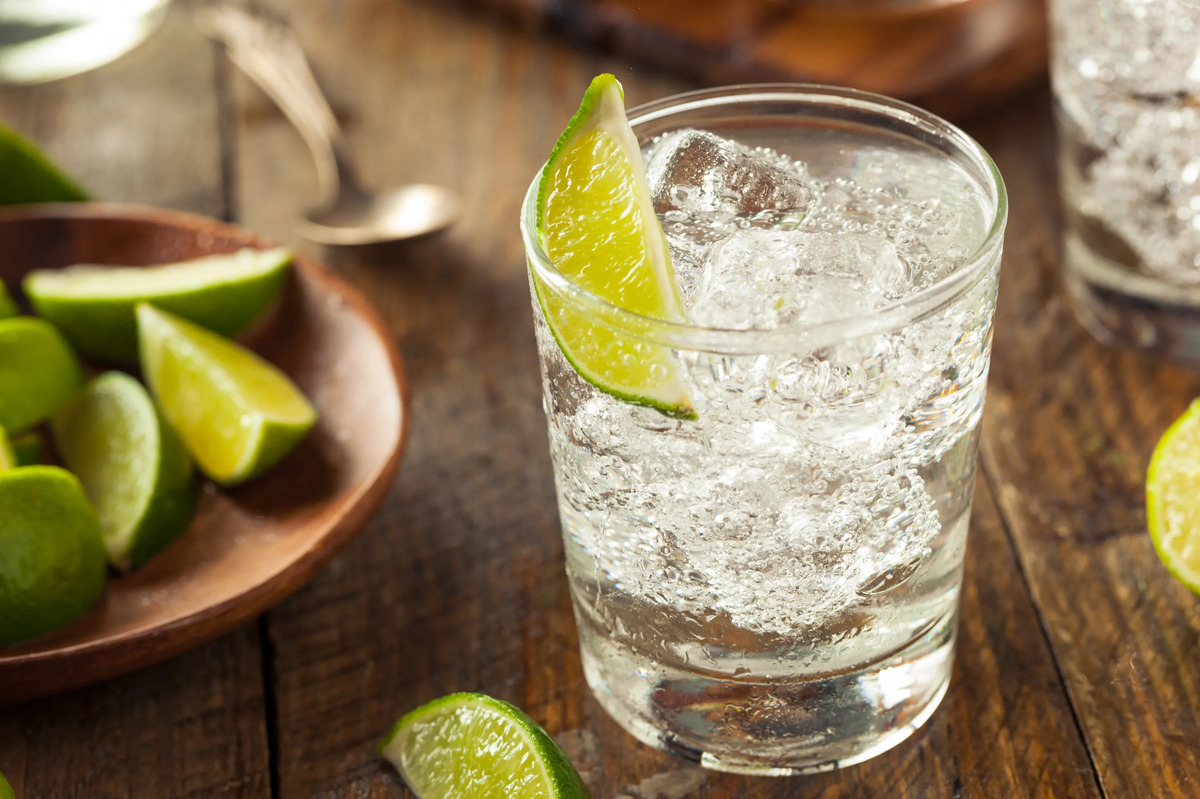

0 thoughts on “How Many Calories Is A Glass Of Rosé Wine”